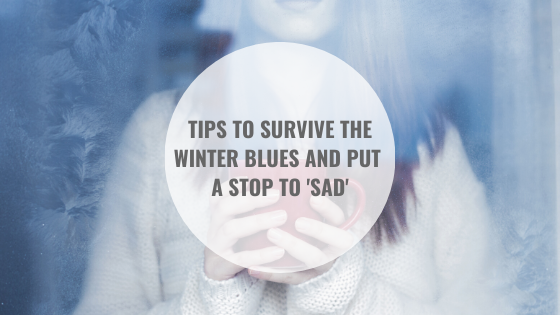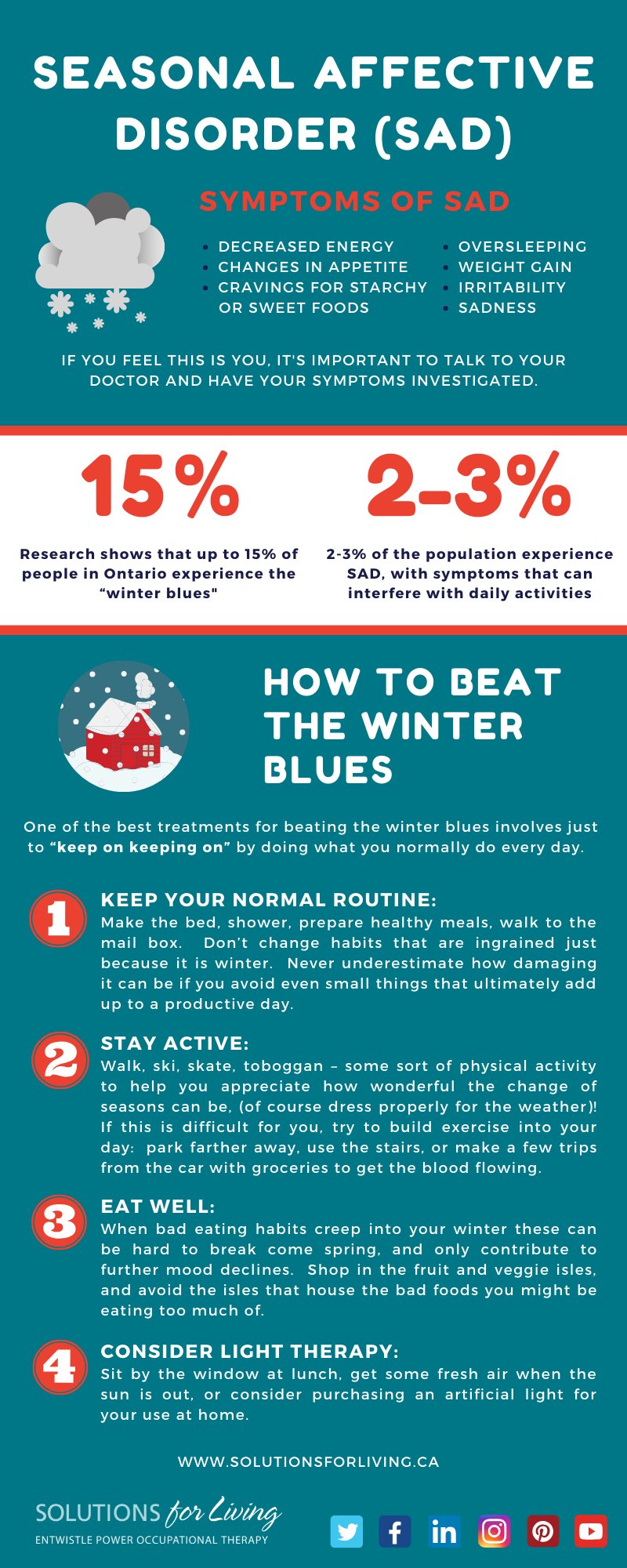In the following video, the team at FunctionAbility discusses the emotions of COVID and provides helpful strategies to help people cope through uncertain times.
For more helpful information check out our Coping with COVID video series on our YouTube channel.
About the Experts:
Brenda Power Ahmad, BSc(OT), BSc(Hons Psych), OT Reg.(Ont.), – Brenda obtained a Bachelor of Science degree in 1999 in Occupational Therapy from Dalhousie University and a Bachelor of Science (Honors) degree in Psychology in 1996 from Memorial University of Newfoundland. Brenda also completed post-secondary education in the fields of Criminology and Linguistics. Brenda has been practicing occupational therapy since 1999 in the provinces of Newfoundland and Labrador, and Ontario. She has extensive experience working with people of all ages with a variety of developmental and physical disabilities and works mainly with clients who have complex orthopedic, psychological and brain injuries. Brenda is trained in administration of the AMPS and the PGAP program and is a Canadian Certified Canadian Life Care Planner. She has completed additional training in catastrophic assessment through the Canadian Society of Medical Evaluators and has successfully completed the C-CAT Certification exam. Brenda sits on the Board of Directors for the Hamilton Brain Injury Association. As Vice President of Clinical and Community Partnerships in one the largest rehabilitation firms in Ontario, Brenda is responsible for training and mentoring other therapists and also leads the Catastrophic Assessment (CAT) program at FunctionAbility. Brenda maintains an active social media presence and co-hosts an educational video series called OT-V which aims at educating the public about the various roles of her profession.
Lynne Harford, BA, MSW, RSW, D.VATI is a Registered Social Worker, Director of Pediatrics and a Clinical Supervisor with The Social Work Consulting Group. She obtained a Master of Social Work degree from the University of Toronto and a Bachelor of Arts degree in Sociology from Glendon College-York University. Prior to her university studies, Lynne pursued a career in business and received a Marketing Administration Diploma from Seneca College of Applied Arts and Technology. In 2013, Lynne achieved her designation of Art Therapist graduating with an advanced diploma in Art Therapy from the Vancouver Art Therapy Institute.
Emma Fogel, MSW, RSW is a Registered Social Worker with a Master of Social Work degree from the University of Toronto. Emma’s true passion is working with youth and families whereby she draws upon an eclectic framework to provide client-centered counseling support, which includes Cognitive Behavioural Therapy, Dialectical Behavioural Therapy, Mindfulness-Based Therapy, Solution Focused Therapy and Play. Wendy Gage MSW, RSW is a registered social worker with a Master of Social Work Degree from the University of Toronto. She received her Honours Bachelor of Arts in Psychology at the University of Western Ontario with a focus on child development. Wendy is a certified Emotionally Focused Couples Therapist (EFT) with advanced training in EFT for families, individuals and trauma. Wendy has training in child-led play therapy (Watch, Wait and Wonder) for children ages 6 months to 6 years. Wendy joined The Social Work Consulting Group with 18 years’ experience practicing clinical social work on the Neurology Program at The Hospital for Sick Children. At Sick Kids, she developed expertise in child and family adjustment to illness, loss and trauma. Wendy has participated in research, teaching and speaking events related to pain management for headaches, managing behavior in children with neurological conditions, and long-term family functioning and adjustment to children’s neurological conditions. She was invited to provide input to the provincial government on gaps in service to children with mental health conditions arising from neurological illness and injury.













